Affiliate links on Android Authority may earn us a commission. Learn more.
#ThrowbackThursday: Before the Duo, there was the dual-screen Kyocera Echo
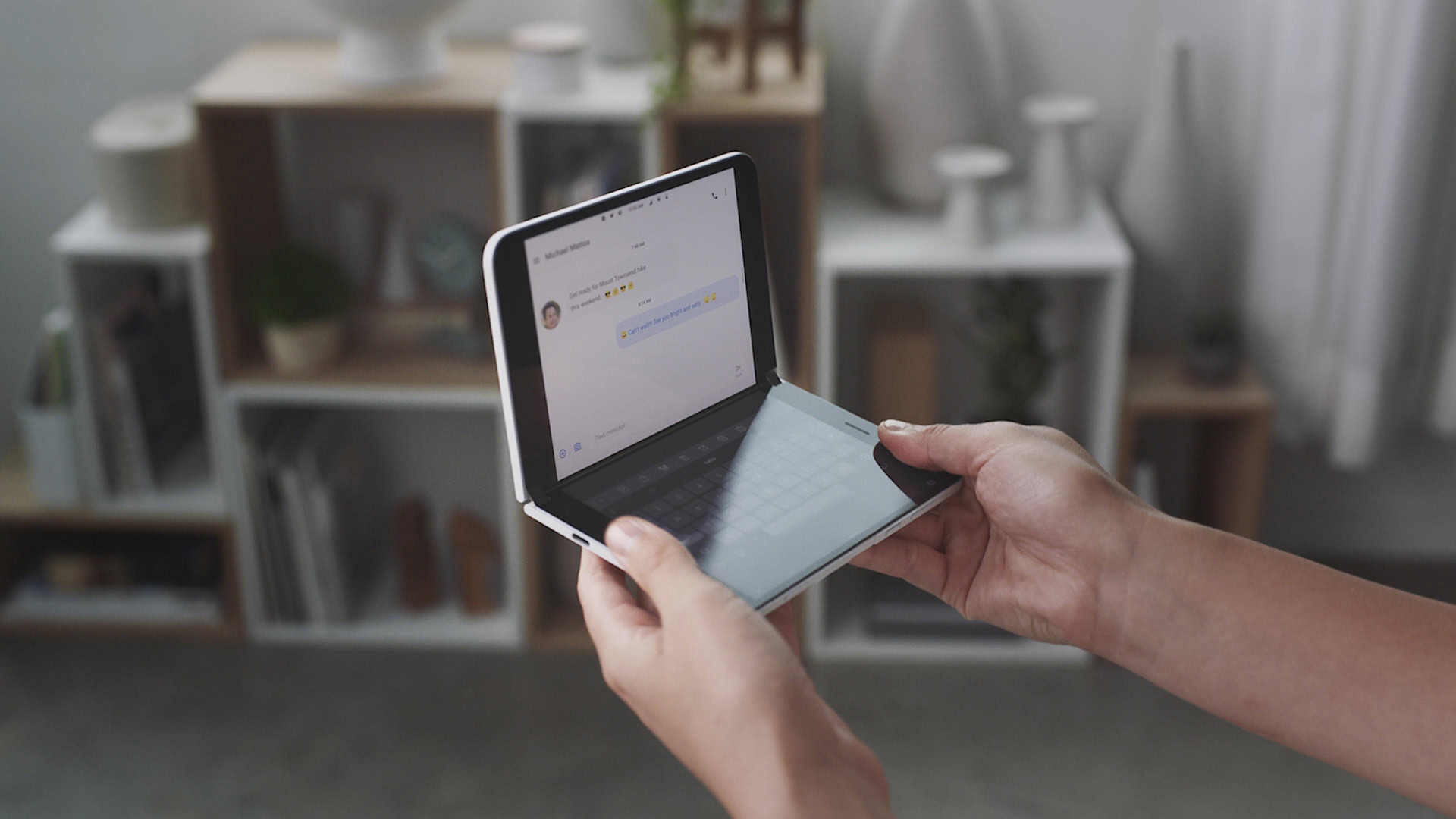
This week, Microsoft announced something that many in the smartphone industry thought would never happen. The company is returning to phones, sort of. After failing to gain traction with its own Windows Phone smartphones, Microsoft seems to be ready to give it another go with the Microsoft Surface Duo.
The Duo will be Microsoft’s first Android-powered mobile device when it launches in late 2020, but it’s far from an ordinary handset. The Surface Duo is designed to be a dual-screen device, with two 5.6-inch displays that are connected with a 360-degree hinge. However, a dual-screen phone has certainly been tried before. The first dual-screen phone failed so miserably, many consider it one of the worst Android phones of all time: The Kyocera Echo.
Kyocera Echo: Ahead of its time?
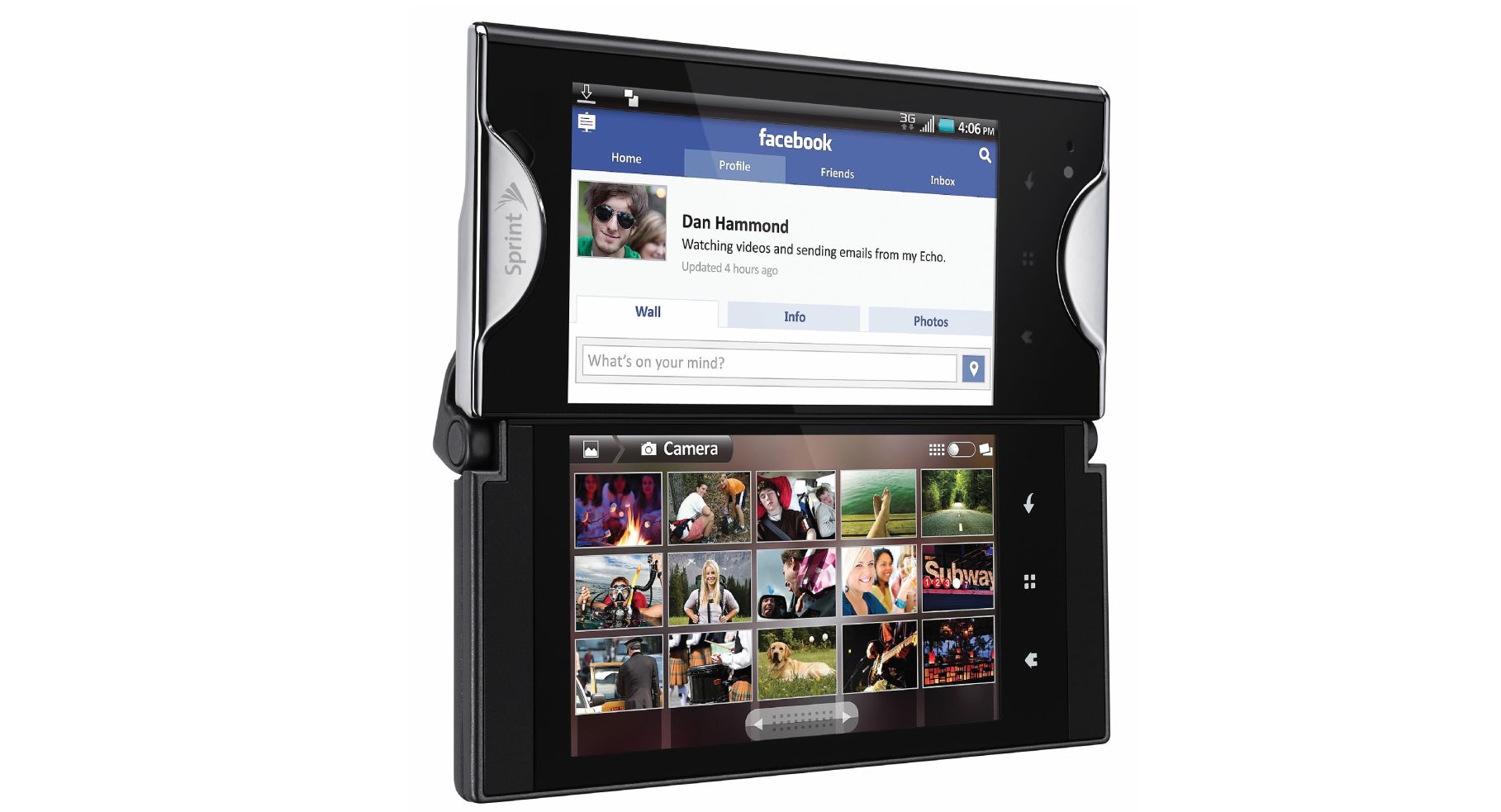
Launched by Sprint in 2011, the Kyocera Echo now looks eerily similar to the Surface Duo. The Echo had two 3.5-inch screens. They could be used to display and run two apps at once. One app could also run on both screens, turning the phone into a larger 4.7-inch device. At the time, that was huge for a smartphone. Today, such a screen would be considered very small.
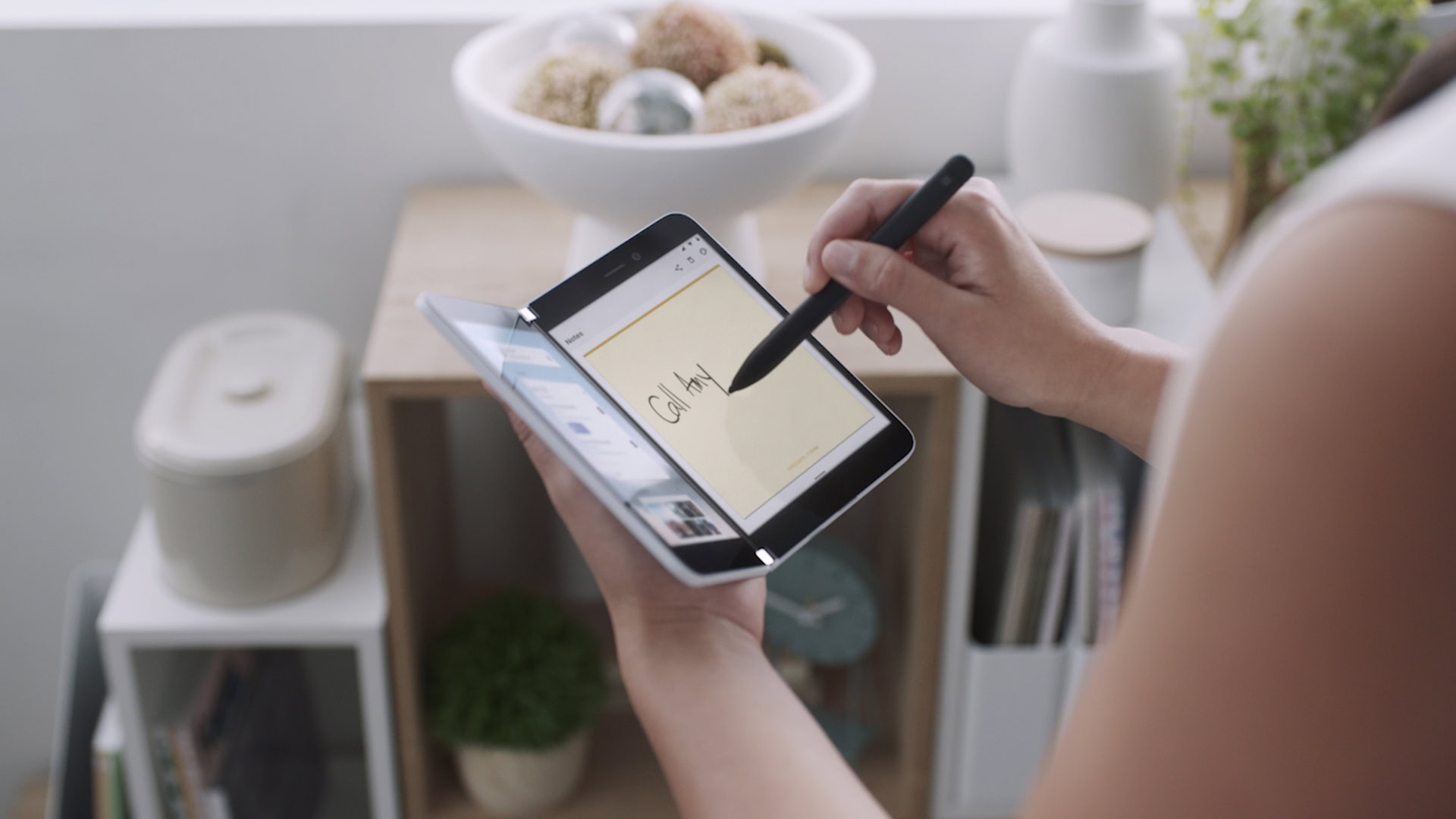
In addition, the Echo could be set up so that it could use one app, but with different features on each screen. For example, one screen would show a specific message in your email app. The other screen would show your current inbox.
The clamshell design of the Kyocera Echo would close up completely when not in use. There was no secondary screen like you have on the new Samsung Galaxy Fold. The Echo opened up 180 degrees like a book. Inside, the phone had a first-generation 1GHz Snapdragon-based chip. It also had 512MB of RAM, 1GB of onboard storage, and a removable 1,370mAh battery.
Doomed from the beginning
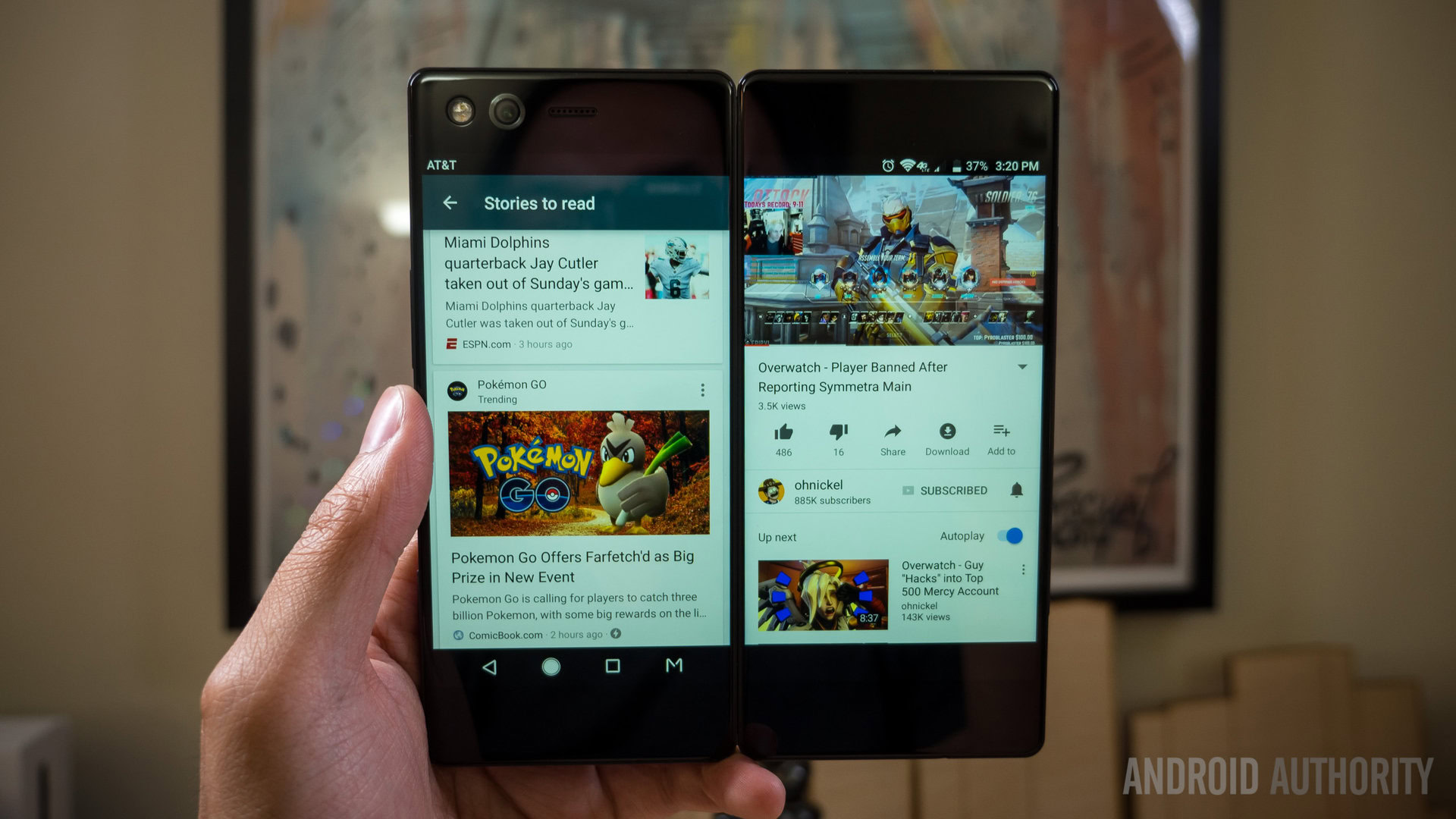
In the end, the innovative design of the dual-screen Kyocera Echo was a massive failure. It was done in by hardware and software that simply could not manage what its designers wanted. The dual app feature only worked on a small number of apps. The big black hinge in the middle made using apps in full-screen “tablet” mode very awkward, the processor wasn’t powerful enough to run apps adequately, and the tiny battery just wasn’t enough to power both screens for very long.
While the phone was a bust, other phones with similar designs launched after the Echo. The ZTE Axon M launched in 2017, but it suffered from many of the same issues as the Echo. More recently, LG has dipped its toes into offering a Dual Display optional accessory. It was made available for the LG V50 and the LG G8X, but only in certain markets.
A cautionary tale for the Microsoft Surface Duo
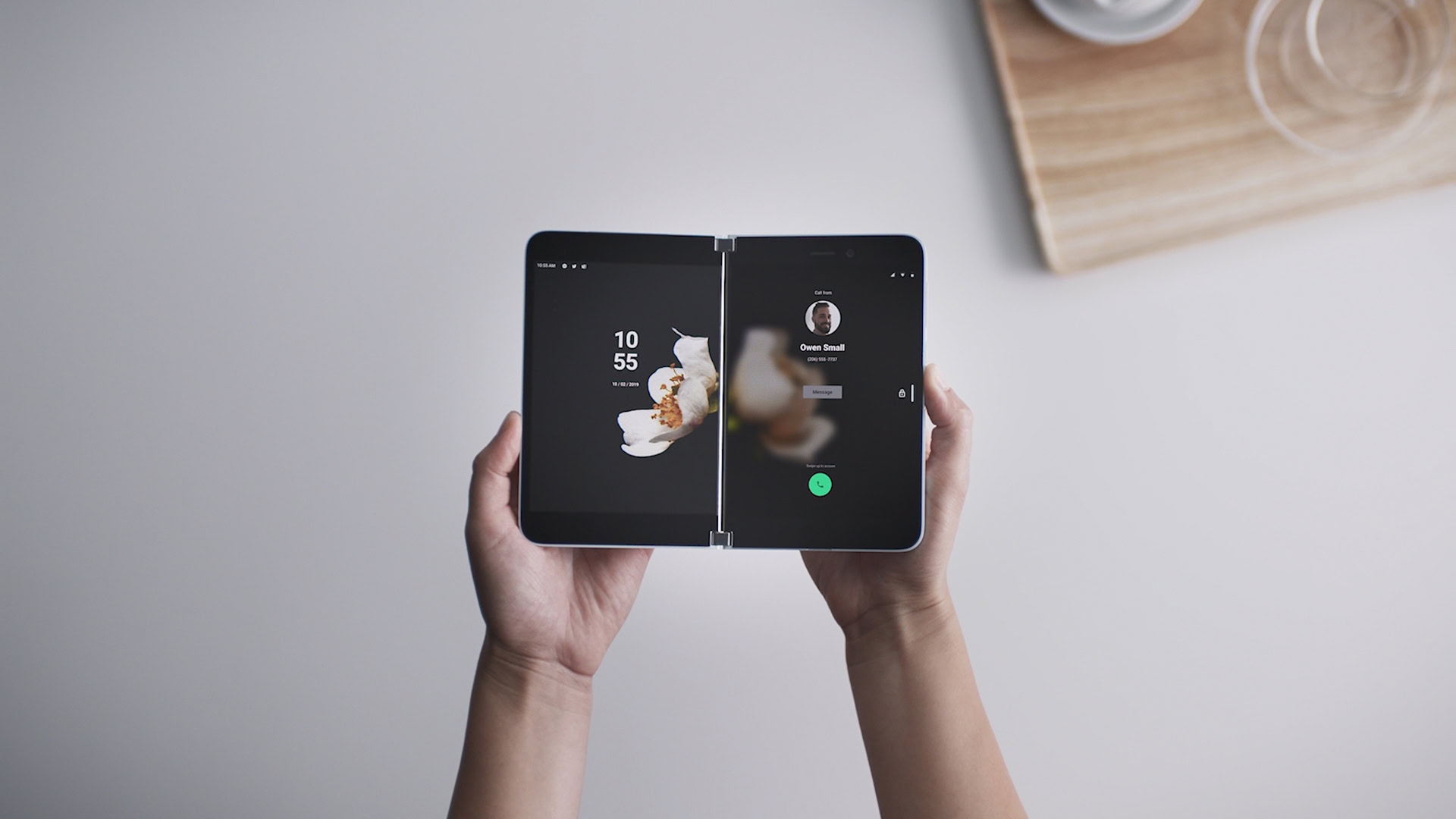
The failure of the Kyocera Echo should hopefully serve as a blueprint for Microsoft on what not to do with the Surface Duo. We already have concerns about using the phone in full tablet mode with its very noticeable hinge. Battery life will also be a huge challenge. The overall look of the two screens shown to the press are very old fashioned — of course this is still a prototype and so hopefully the design looks more refined by 2020.
The good news is that the Surface team has made some very impressive hardware in the past with its lineup of tablet 2-in-1s, notebooks, and all-in-one PCs. Microsoft also seems to be working hard to create apps that actually take proper advantage of the dual-screen hardware. We have confidence that the final version of the Surface Duo will look and work much better than the awful Kyocera Echo.
Next: Microsoft Surface Neo: Is this foldable Windows tablet a true iPad killer?
What smartphone or other tech do you think we should focus on for the next #ThrowbackThursday? Let us know in the comments.